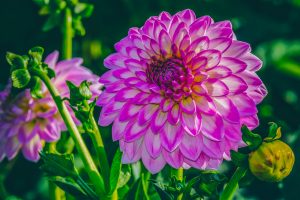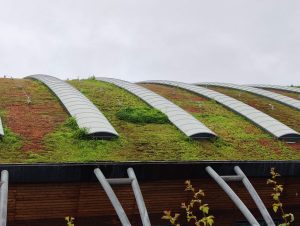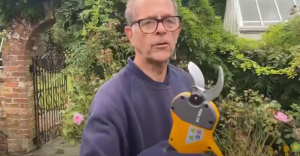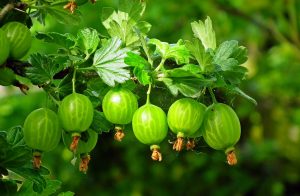
We’ve seen usually high temperatures over recent months, but we mustn’t forget that very often February can be the coldest month of the year. The milder spells has encouraged the growth of plants and bulbs, with Daffodils, a flower you would normally associate with spring seen in bloom.
If you have Cyclamen Coum their bright pink blooms will also be creating a warm glow in those sheltered areas of the garden. Remember Cyclamen like well-drained soil, so they are sometimes better grown beneath trees where they will self-seed. These can also be bought from garden centres growing in pots, as can many other bulbs if you’re containers and planters were not planted up in autumn. Tulips, Narcissi, Scilla and Hyacinths when planted up in your containers can suddenly make you become the envy of your neighbours.
We can all be impatient sometimes but we shouldn’t put plants out in the garden yet that aren’t fully hardy. Always have some horticultural fleece on hand to cover some of those softer plants that you might have planted in the garden last year.
Whilst talking about this coming season it’s a great time to get out to your local garden centre or shop to plan what annuals you might be sowing in your garden this summer. Remember many annuals can be direct sown to create masses of colour through the summer. If you have the use of a conservatory or greenhouse then you could think of growing some more annuals under glass, nurturing them until after Easter when we can plant them out in the garden.
If you’re feeling brave enough venture out yourself to do some real gardening, instead of sitting indoors reading seed catalogues. Most gardeners, however, will be spending their time looking forward to warmer weather with indoor seed sowing in mind perhaps on the kitchen or bedroom windowsills.
Watch and wait till the days start to get longer and light levels start to increase. Some seeds are hardy and will germinate quickly and make seedling plants in just a few weeks – others are tender and take many weeks to grow to flowering and can’t be planted out until frosts are finished in May.
These slow, tender ones, often called Half-Hardy Annuals (HHA) are the seeds that need the space and warmth of indoor cultivation. Among them are bedding geraniums, regal pelargoniums, bedding begonias (B. semperflorens), salvia and verbena.
For maximum germination of small and relatively expensive seeds, sow them in good Seed & Cutting Compost. Follow the instructions on each packet and place the tray in a propagator or warm place to maintain an optimum temperature of 70-75F (21-24C). Provide a steady soil temperature both day and night for best results
If the weather stays mild regular mowing of the lawn is essential even at this time of the year. However, never cut your grass if it is wet or frozen as this will damage it. Set the blades high when mowing which nips the grass back and helps it to grow tightly and produce stronger growth. Always remember to brush away any wormcasts with a besum broom or a yard broom prior to mowing, if not it can result in a muddy mess.
For me it is too early to prune established bush roses, I like to do it at the beginning of March. Importantly though, gather up all fallen leaves and any other foliage that show the dark brown patches of rose blackspot disease. By removing foliage that was infected last year you will reduce the carry over of the disease to next season’s growth.
If your roses suffered from blackspot disease last year, remember to start spraying your rose bushes when buds burst in March, so that they have a clean start to the season. Also give them a good feed of a balanced fertilizer to get them going.
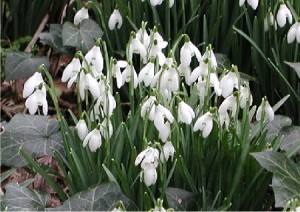
Continue to plant hardy trees, shrubs, climbers, roses and hedges on fine days, as long as the soil isn’t frozen solid or waterlogged. At this time of year you may be able to get your hands on bare-root plants or root balled. These are cheaper than containerised plants, so a better bet when you have a lot of planting to do – such as a new rose bed or hedge or maybe some tree planting.
Last but not least, I can’t finish without mentioning my favourite early bulb: Snowdrops. These are already starting blooming. Remember to divide any overcrowded clumps immediately after flowering has finished as the bulbs move much better when the plant is in leaf, also called ‘in the green’.
Most importantly enjoy your garden.
Ken




